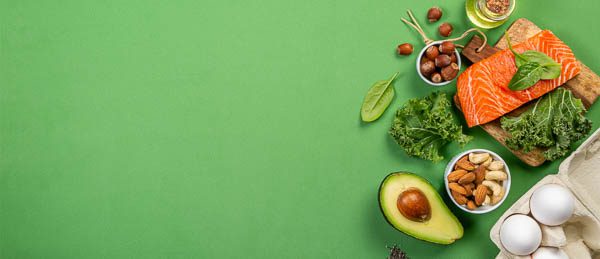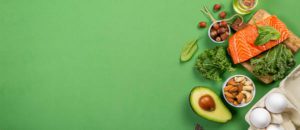
Feeding the Soul
Early human civilisations viewed food as medicine. Today, taste and convenience trump nutritional objectives when it comes to our food. Yet as more of us are seeking healthier lifestyles, there’s a growing interest in nutrition. We check out a few of the most nutrient-dense foods and how to incorporate them into our diets.

- Kale
Of all the dark leafy greens, kale takes the top spot.Without a doubt one of the most super superfoods, kale is brimming with vitamins C, A, K1 and B6, plus large amounts of potassium, calcium, magnesium, copper and manganese.
It also has a good balance of omega-3 and omega-6 fatty acids.
Kale also packs a powerful punch of antioxidants such as quercetin (an anti-viral that can combat the common cold) and carotenoids for good eyesight.
Kale can be eaten raw or cooked – add it to pasta sauce, soups, curries, smoothies and salad!
And why not switch out your potato chips for a healthier alternative?
Line a tray with washed kale leaves, drizzle with olive oil and sprinkle with salt. Bake until the edges are brown (10 to 15 mins) and voilà – kale chips!
- Quinoa
Perhaps the most nutritious grain of all, quinoa is a one of the few plant goods considered a complete protein, offering all the essential amino acids in sufficient amounts.
This complex carbohydrate is a fantastic energy source that will keep you fuller for longer and is not only high in protein and fibre – it’s also packing several B vitamins, magnesium, iron, potassium and phosphorus.
Good news for coeliacs and gluten-free folk: this whole grain is naturally free from gluten!
Quinoa can replace pasta or rice as the primary source of carbs in a meal.
It can also be used as a substitute for your morning porridge!
For dinner, why not stuff capsicums or heirloom tomatoes with a seasoned quinoa mix for a hearty plant-based and gluten-free meal?
- Garlic
These amazing little cloves are in a league of their own!
Not only does garlic make almost every savoury dish much tastier, it’s also loaded with vital nutrients such as calcium, potassium, copper, manganese and selenium.
Allicin, garlic’s active ingredient that gives it its unique odour, is an incredibly important nutrient that reduces inflammation and offers antioxidant benefits.
Garlic has also been shown to fight off the common cold, and lower blood pressure and ‘bad’ LDL cholesterol.
Garlic can be incorporated into most savoury foods like pasta, salad, pesto, soups/stews, stir-fries and more.
Not a fan of the garlic taste? Dried garlic capsules are available from most health food stores and vitamin retailers.
- Seaweed
Seaweed/kelp deserves more recognition than it currently gets – it’s not just for fish!
Seaweed has been found to be even more nutritious than land vegetables in many cases; it’s particularly high in minerals like calcium, iron, magnesium, manganese – and iodine!
Iodine is vital for optimal thyroid function, and because New Zealand soils are relatively low in iodine, many Kiwis are lacking this nutrient in their diet.
Eating kelp or consuming kelp supplements once a week can give your body all the iodine it needs.
Try adding a sheet of nori to a wrap or sandwich, make your own sushi rolls, or incorporate small pieces of nori into your salads or stir-fries.
Seaweed snacks are also available from most supermarkets and Asian food stores, as are kelp noodles.



